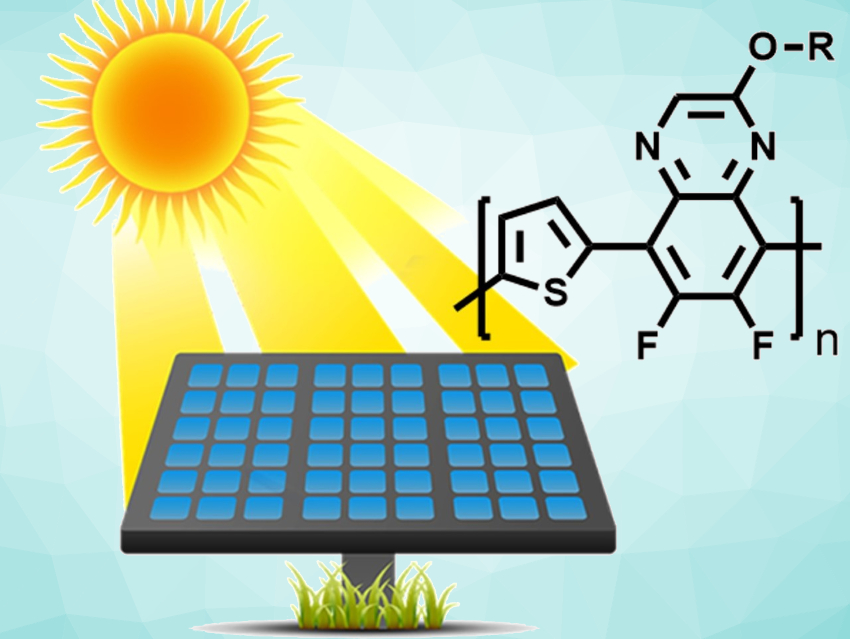Conjugated organic polymers can be useful in solar cells. Organic solar cells have some advantages over other photovoltaic technologies because they could allow for low costs, easy processing, low weight, and flexibility. In addition, power conversion efficiencies of over 18 % have been achieved with organic solar cells. However, the conjugated polymers that are used in these highly efficient solar cells are still complex, expensive, and difficult to synthesize. This is a challenge for the commercialization of polymer-based solar cells.
Wei You, University of North Carolina at Chapel Hill, USA, and colleagues have designed an inexpensive, straightforward, and scalable synthesis of a conjugated polymer. The team redesigned the synthetic pathway for the commercially available polymer PTQ10 (poly[(thiophene)-alt-(6,7-difluoro-2-(2-hexyldecyloxy)quinoxaline) to use low-cost and readily available starting materials and highly efficient chemical transformations. The optimized pathway is pictured below. Among other changes, the team started from a less complex compound than the original synthesis, which increased the number of steps but reduced the overall costs significantly.

This approach resulted in an 86 % reduction in the materials cost, from USD 214.18 g–1 for the original synthetic route down to USD 30.29 g–1 for the optimized one. The new pathway can also accommodate different variations to the polymer’s structure, which could help to realize a PTQ10 derivative that is processable in “green” solvents. The team demonstrated that high efficiencies can be achieved with their product by fabricating organic solar cells with a PTQ10:Y6 blend (Y6 = a non-fullerene electron acceptor) that show efficiencies of ca. 15 %.
- Designing Simple Conjugated Polymers for Scalable and Efficient Organic Solar Cells,
Jeromy James Rech, Justin Neu, Yunpeng Qin, Stephanie Samson, Jordan Shanahan, Richard F. Josey, Harald Ade, Wei You,
ChemSusChem 2021.
https://doi.org/10.1002/cssc.202100910


